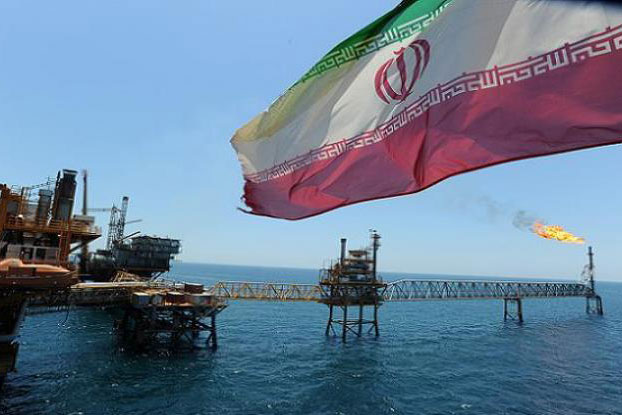Based on the IEA March 2023 Oil Market Report (OMR), Iran produced 20,000 barrels more per day in February, up over 0.75% from its January output, 2.63 mbd.
Iran’s sustainable capacity stood at 3.8 mbd, according to the agency report.
Oil Minister Javad Owji Friday said that Iran will set a new record in oil exports in the new Iranian calendar year starting last week.
Talking to Radio Eghtesad, the minister added that 83 million more oil barrels were exported in 1401 starting March 21, 2022, when compared to its preceding Iranian year, and nearly 190 more barrels were sold in comparison with the year of 1399 running March 2020-2021.
The Ministry of Petroleum is among those departments that meet the country’s foreign currency need, said Owji, continuing, “Despite the ramp-up of brutal sanctions against Iran, crude oil, gas condensate, and petrochemical exports have hit new highs during the13th [Raeisi] administration.”
Sanctions fail
Sanctions imposed by the enemy have failed and will fail to paralyze Iran’s largest supplier of energy and foreign currencies – the Ministry of Petroleum.
Oil exports and revenue collection within the terms specified amid sanctions during the past 18 months could be a turning point in the Ministry of Petroleum’s history.
According to Owji, the value of exports during the period was two to 2.5 times more than the revenues earned in its preceding years.
The success came under severe sanctions targeting Iran’s oil industry, which have been harsher than those imposed by the Trump administration in 2018.
Using energy diplomacy and effective strategies, the ministry managed to sign contracts on crude oil exports and inject considerable sums into the country’s forex reserve.
Iran’s petrochemical sector has fetched $14 billion over the past 11 months.
Iran’s exports of crude oil and gas condensates were nearing zero on the last days of the previous government, while petrodollars had been blocked in some countries, including South Korea, causing the country’s forex reserve to face an unknown fate.
The Raeisi administration, however, came to the rescue and found a way out of the impasse, changing the terms of oil sales and started to export crude oil.
According to Owji, Iran has found new customers and is now exporting 80 percent of its crude oil in cash.
Important deals with China, Russia
After his recent visit to Beijing, Owji said Iran and China have reached good agreements that will serve the two nations’ interests, talking of good agreements with giant Chinese companies.
Also, Iran has signed a memorandum of understanding (MoU) with Russian companies, which have agreed to invest some $40 billion in Iran – a major stride toward breaking the 10-year deadlock in attracting foreign investment in the country’s oil and gas industries.
Last year, the National Iranian Oil Company (NIOC) and Russia’s Gazprom, an energy giant in the world, signed an MoU worth around $40 billion in the presence of President Vladimir Putin and top Russian officials in Tehran.
Iran and Russia are holders of over 30 percent of the world’s gas reserves, which according to NIOC Managing Director Mohsen Khojastehmehr amount to about 70 trillion cubic meters.
The two countries’ cooperation will help them play a major role in supplying the world with energy sustainably, and get more bargaining power in future international issues.
In the meantime, Iran’s oil and gas industries have suffered from lack of foreign investments and expected development due to sanctions followed by international economic and political restrictions during the past decade, making the country’s oil industry less competitive in international arena.
To catch up, the oil industry is in need of a $160 billion investment in a span of eight years to increase its oil production to 5.5 million barrels per day and daily gas output to 1.5 billion cubic meters.
The investment should be mainly made by foreign contractors, and this memorandum has paved the way for starting to attract foreign investments.


Your Comment